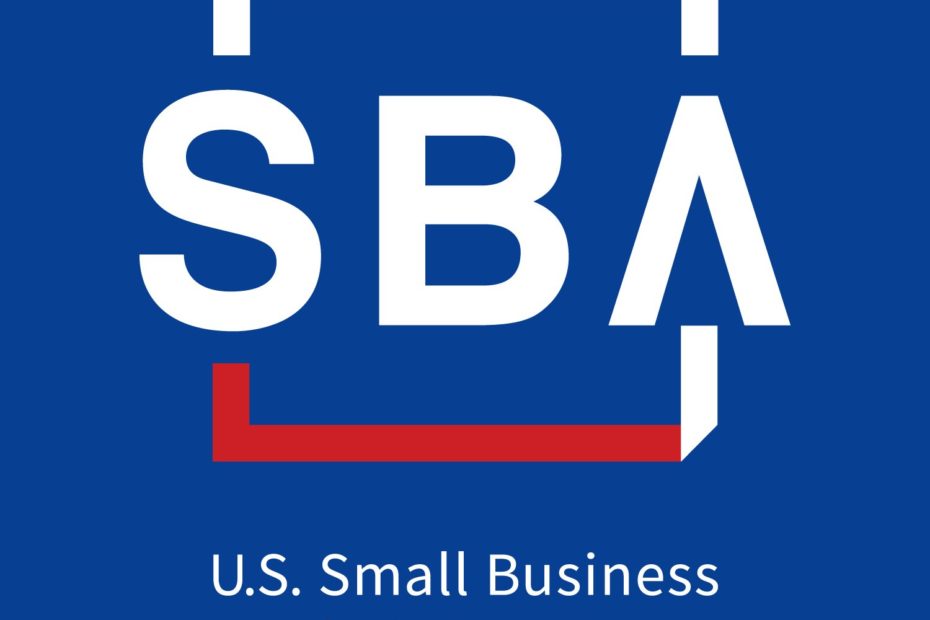Securing a business loan may seem like a daunting task, but with the right guidance on how to get a business loan, it doesn’t have to be. In this article, we’ll break down the process of obtaining a business loan into 6 simple steps, guiding you through various loan types, eligibility factors, lender comparison, application preparation, and submission. Whether you’re a startup seeking initial funding or an established business looking to expand, you’ll find these steps invaluable in your quest for the perfect loan.
Key Takeaways
Understand different types of business loans and assess loan eligibility to identify the best lender for your needs.
Compare lenders, loan terms and conditions, reviews & testimonials to find a suitable option.
Submit application with comprehensive business plan & financial statements. Handle rejections/approvals appropriately.
Read More »How to Get a Business Loan in 6 Simple Steps 




